Being a Californian I thought I was viewing the fattest squirrel I’d ever seen. Animal identification is a a skill I am still developing.
A groundhog or woodchuck is an animal I have only seen on television despite five years living in the northeast US in Vermont, Massachusetts and Maine.
Groundhog outside Toronto Metro Convention Centre.
This appeared to be the groundhog mother of two younger groundhogs foraging nearby.
Seeing Toronto the voyageur way.
Today I took a post-TBEX tour canoe paddling trip to the Toronto Harbour Islands in a large canoe with ten other explorers.
Voyageur Canoe.
Most of us were novice paddlers. There was some splashing and clashing of paddles, but we navigated Toronto Harbour and Lake Ontario without too much strenuous effort.
Billy Bishop Toronto City Airport (YTZ) flight path between the city and the Toronto harbour islands.
Toronto Islands were originally a sandbar peninsula of Toronto into the mid-19th century. Two large storms in the 1850s created a permanent opening to Lake Ontario in the eastern side of the harbor creating islands. The Toronto Islands are the only islands in the western part of Lake Ontario.
Muggs Island on left and Hanlan’s Point of Centre Island. The Toronto Islands are the largest car-free urban area in North America.
Paddling into a wildlife watching zone.
In the island woods the bird songs created a harmonious contrast to the sound of airplanes landing at YTZ every few minutes.
The turtle on the log did not mind the noise coming from our canoe. Turtle was disturbed and leapt into the water when our canoe bumped into the log.
Tundra (Whistling) Swan
Tundra Swan.
Update June 4: The following passage was based on thinking I had seen a trumpeter swan as our guide indicated on the canoe trip. After doing more research, this swan photo appears to actually be a tundra swan also called a Whistling Swan. These are native to North America and a fairly common migratory swan species. I will leave the trumpeter swan info here since it is a story of North American environmental extermination and efforts over the past 30 years to reintroduce the trumpeter swan to Lake Ontario. Here is a webpage showing photos of a Trumpeter, Tundra and Mute Swan with an identification guide.
Trumpeter Swan
Once common to Lake Ontario and North America, the trumpeter swan is the heaviest bird native to North America and the largest waterfowl bird in the world. These birds weigh 20 to 30 pounds.
Trumpeter swans were extirpated in Lake Ontario with the last known wild trumpeter shot in 1886. A conservation program to restore the trumpeter swan to Lake Ontario began in 1982 and today there are around 1,000 trumpeter swans on the lake.
Our guide said he has only ever seen two trumpeter swans among the Toronto Islands.
Power lines, fishing hooks and lead poisoning are leading causes of trumpeter swan deaths these days.
Lead poisoning used to be a leading cause of death for the swans until the 1999 outlaw of lead shot for hunting waterfowl. Swans still suffer poisoning because anglers use lead sinkers and jigs, which swans swallow thinking them to be the gravel and grit they need for digestion. Lead sinkers and jigs that weigh less than 50 grams are banned in Canada’s national parks and national wildlife areas, but those areas cover less than three per cent of Canada’s land mass.
Toronto Star
There are many swans around Toronto, but they are not North American native species. The Trumpeter Swan with its all black bill is distinguishable from the far more common Mute Swan, native to Europe and Asia with a mostly orange bill.
Mute Swan at Toronto Islands.
Great Blue Heron
Another large bird with a six-foot wingspan is the Great Blue Heron.
Great Blue Heron in flight over Toronto Islands.
Our guide talked about how the islands provide a wildlife sanctuary for birds that rarely cross the harbor into the urban city of Toronto.
Three million residents have access to the ferry boats to spend the day in the islands or a 20 minute kayak ride can take stressed out urban citizens into nature.
CN Tower seen from the Toronto Islands.
Blogger Disclosure: This tour was complimentary for TBEX travel blogger attendees courtesy of Tourism Toronto.
Harbourfront Canoe & Kayak Centre has been located in Toronto over 30 years and offers canoe and kayak beginner paddling courses, certification courses and paddling socials. The 2.5 hour paddling tour I took normally costs $49 + tax.
More info at www.paddletoronto.com.
Paddling back to the city.
Toronto Update June 4, 2013: I found myself back on Centre Island about three hours after the canoe paddle trip. After an hour of hiking on the Toronto Islands I encountered a tundra swan again. Turns out after further research that our canoe guide probably misidentified a tundra swan as a trumpeter swan. Looking at the Cornell Lab of Ornithology Tundra Swan identification photo shows my encounter was not a trumpeter swan after all.
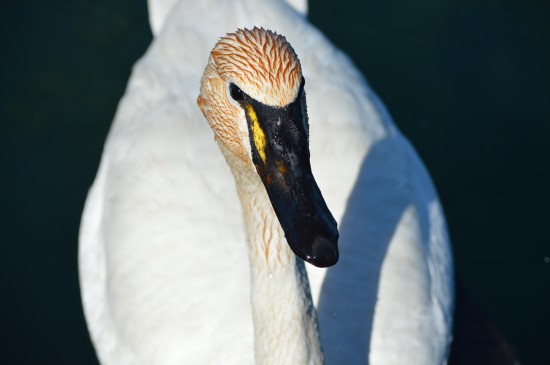
Ric Garrido, writer and content owner of Loyalty Traveler, shares news and views on hotels, hotel loyalty programs and vacation destinations for frequent guests.
You can follow Loyalty Traveler on Twitter and Facebook and RSS feed or subscribe to email newsletter on the upper left side of this page.


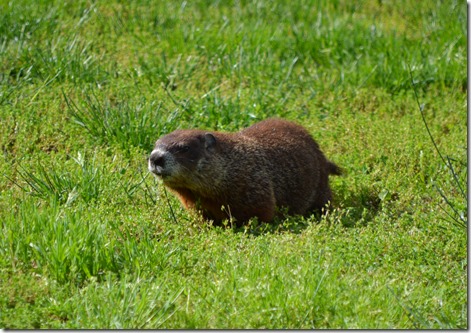
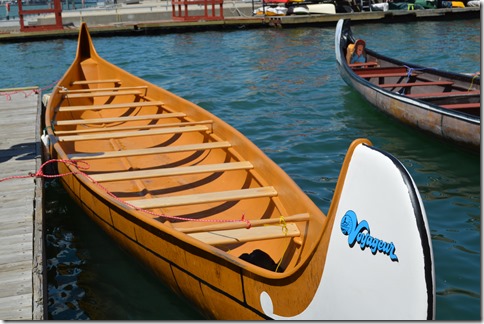
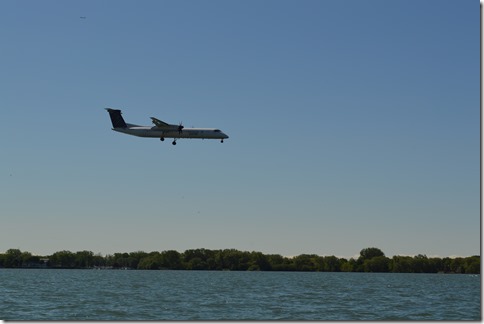
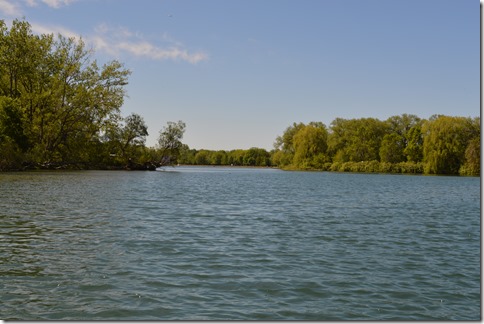
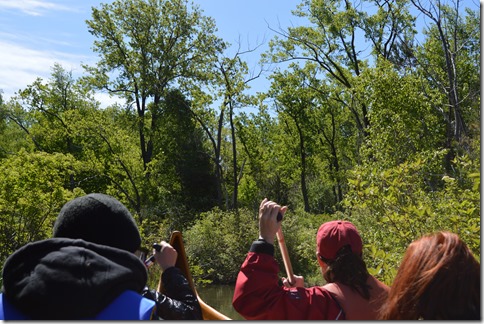
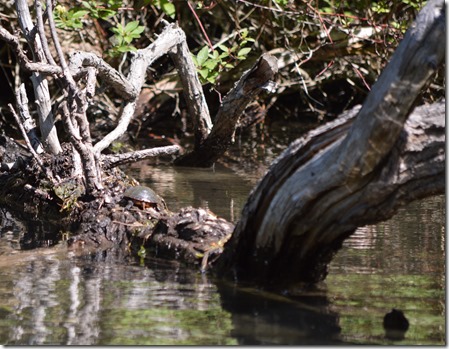
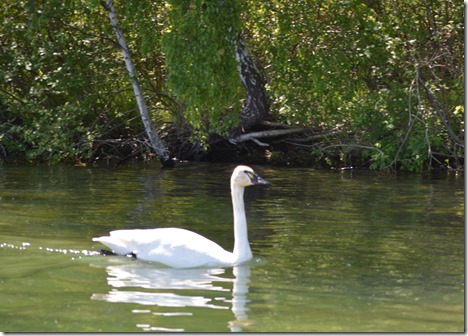
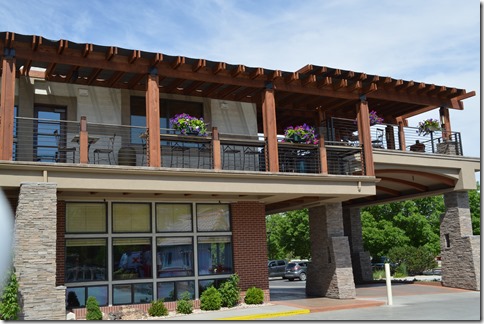
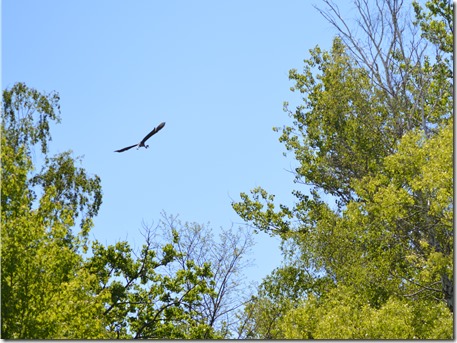
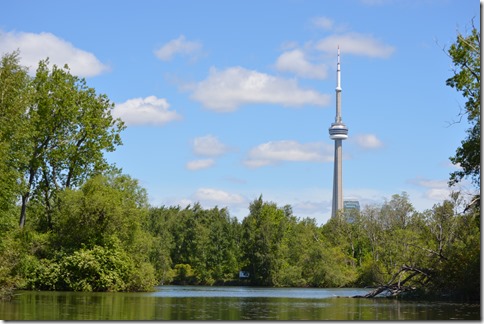
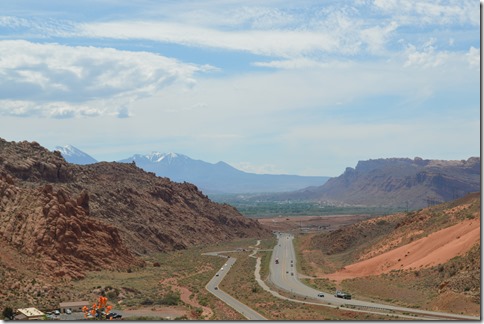

2 Comments
Comments are closed.